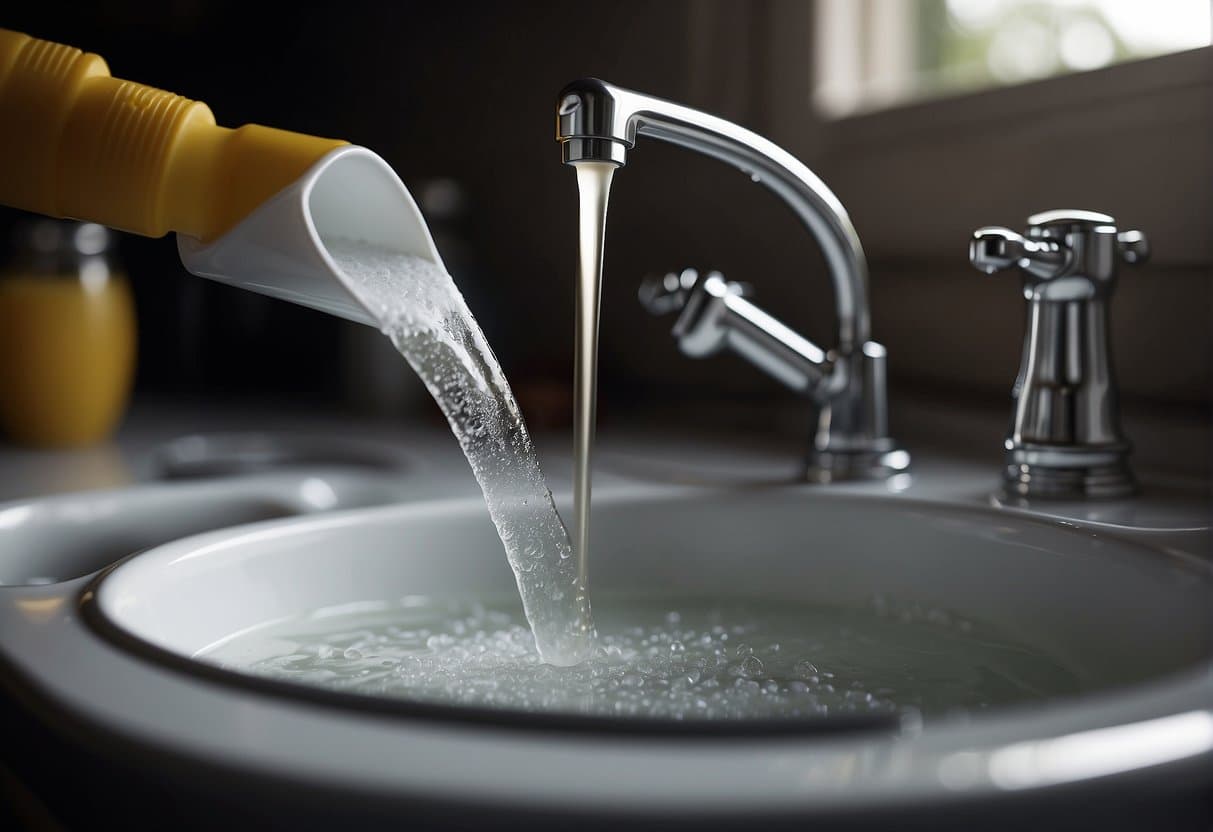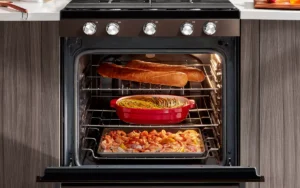There’s nothing quite like the frustration of a slow drain. Whether it’s your kitchen sink, bathroom sink, or shower, a sluggish drain can disrupt your daily routine and leave you with a pool of standing water. But fear not! With a few handy tips and a little elbow grease, you can get those drains flowing smoothly again in no time. Let’s dive into the world of drain maintenance with a fun, hip approach that will have you tackling this common household issue like a pro.
First things first, let’s understand why drains get slow. Hair, soap scum, food particles, grease, and even small objects can clog up your pipes. Over time, these blockages build up and slow down the water flow. But don’t worry, with the right tools and techniques, you can keep your drains clear and free-flowing.
Start by gathering your supplies. You’ll need a plunger, a drain snake, baking soda, vinegar, and some boiling water. Trust me, these simple household items can work wonders on stubborn clogs.
Begin with the plunger. It’s a classic tool for a reason. If your sink is slow, fill it halfway with water. For bathtubs or showers, cover the overflow drain with a wet cloth. Place the plunger over the drain and give it a few vigorous pumps. The suction created should dislodge minor clogs and get the water moving again.
If the plunger doesn’t do the trick, it’s time to bring out the big guns: the drain snake. This handy tool can reach deeper into the pipes to break up tougher clogs. Insert the snake into the drain and turn the handle to push it further down. When you feel resistance, you’ve hit the clog. Keep twisting and pushing until the snake breaks through. Pull it out slowly, and you might be surprised at the gunk that comes with it.
Now, let’s talk about a natural remedy that’s both effective and eco-friendly. Baking soda and vinegar are a dynamic duo when it comes to cleaning drains. Pour a cup of baking soda down the drain, followed by a cup of vinegar. You’ll see some fizzing action – that’s the magic happening! Let the mixture sit for about 15 minutes, then flush it with boiling water. This method works wonders for dissolving organic buildup and deodorizing your drain.
Speaking of boiling water, it’s a simple yet powerful tool in your drain-cleaning arsenal. Boil a kettle of water and pour it down the drain in stages. The hot water can melt away grease and flush out minor blockages. For best results, use this method regularly to keep your drains clear.
Sometimes, prevention is the best cure. To keep your drains running smoothly, adopt a few preventative measures. Use drain covers to catch hair and food particles before they go down the drain. Avoid pouring grease down the sink – let it cool and dispose of it in the trash instead. And be mindful of what you flush; only toilet paper and waste should go down the toilet.
Let’s not forget about enzyme cleaners. These are a great, non-toxic option for maintaining clear drains. Enzyme cleaners break down organic matter, like hair and food particles, without harming your pipes or the environment. Use them monthly to keep clogs at bay.
If you’ve tried everything and your drain is still slow, it might be time to call in a professional. Persistent clogs can indicate a more serious issue, like a blockage in your main sewer line. A professional plumber has the tools and expertise to diagnose and fix the problem, ensuring your drains flow freely once again.
In the spirit of keeping things light and breezy, let’s share a quick story. My friend Jane once battled a slow kitchen sink for weeks. She tried everything – plungers, snakes, you name it. One day, she stumbled upon the baking soda and vinegar trick and gave it a whirl. The fizzing mixture worked its magic, and voilà! Her sink was back to its speedy self. Jane was overjoyed and swore by the power of natural remedies from that day forward.
To wrap things up, dealing with slow drains doesn’t have to be a daunting task. With a few basic tools, some household items, and a proactive approach, you can keep your drains in top shape. Remember, regular maintenance and a bit of prevention go a long way in ensuring your water flows smoothly. So, next time you face a sluggish drain, you’ll know exactly what to do. Happy unclogging!









